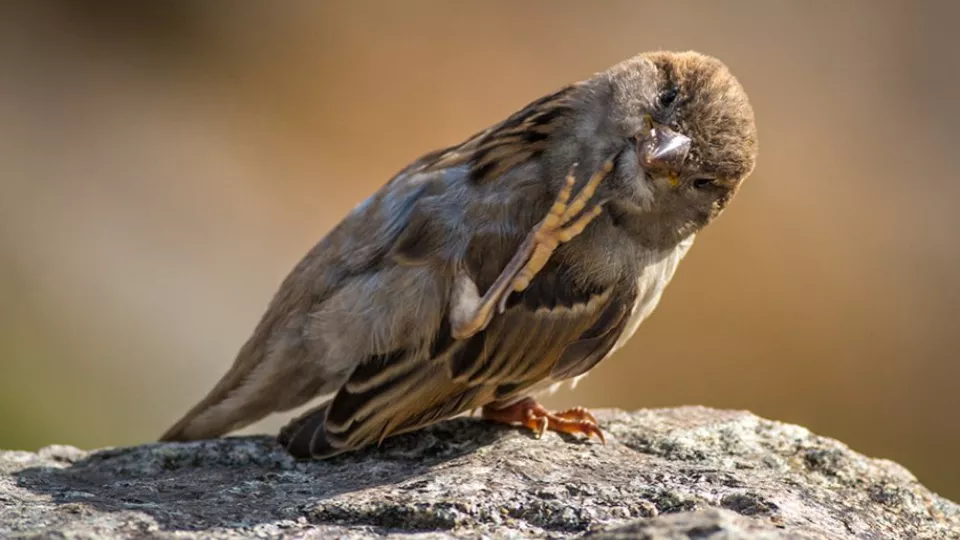Swedish and Norwegian researchers have studied island populations of a hybrid species, the Italian sparrow (Passer italiae) from Crete, Corsica, Sicily and Malta. The researchers find that Italian sparrow populations from different islands probably result from independent hybridization events between their parent species, the house sparrow and Spanish sparrow.
“The populations on the islands have very different genetic compositions. This is consistent with independent hybridisation events between the parent species. We have demonstrated that hybridisation between the same parent species can lead to great variation within a new hybrid species”, says Anna Runemark, biologist at Lund University in Sweden.
The researchers have also discovered limitations to which genetic combinations that work together. The Italian sparrow always inherits certain genes from the house sparrow, regardless of whether the house or Spanish sparrow contributes the majority of genes to the hybrid . These house sparrow genes are likely required to form a functional hybrid. Among the genes that Italian sparrows always inherit from the house sparrow are those that repair DNA. These gene classes are likely to give rise to reproductive isolation between species, and may thus be important when new species are formed.
“Genes that are always inherited from the house sparrow are probably important in order for the hybrid to survive and reproduce. Our discovery shows that there are limitations to which combinations of genes work together”, says Anna Runemark, continuing:
“In practice, it means that we have identified genes that are important for speciation.”
Understanding the potential outcomes of hybridization helps predict possible consequences when species move to new geographic areas where they meet and mate with close relatives; for example, when species move increasingly farther north due to a warmer climate.
Publication: Variation and constraints in hybrid genome formation
Contact:
Anna Runemark, researcher in evolutionary ecology
Department of Biology, Lund University
+46 (0)46 222 37 89
+46 (0)73 267 90 27
anna [dot] runemark [at] biol [dot] lu [dot] se (anna[dot]runemark[at]biol[dot]lu[dot]se)
